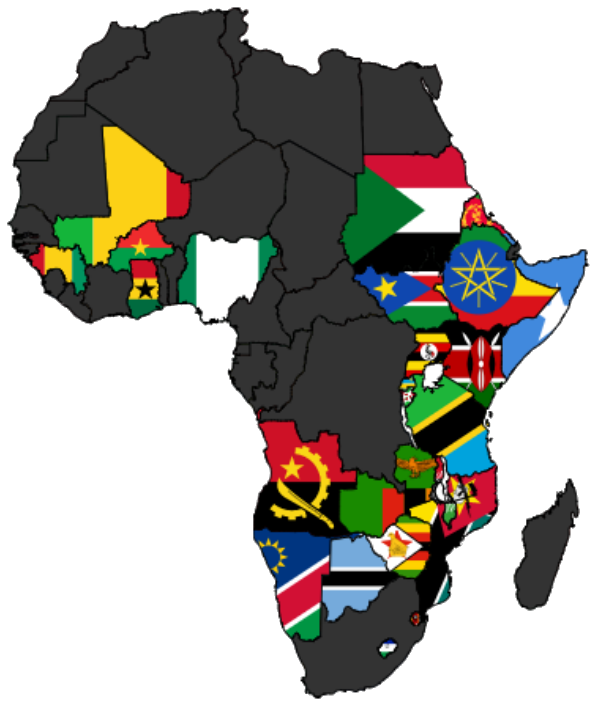The global population is rapidly increasing and the current world population of 7.3 billion is expected to reach 8.5 billion by 2030, 9.7 billion in 2050 and 11.2 billion in 2100, according to a UN DESA report, “World Population Prospects: The 2015 Revision”, launched in 2015.
On the other end of the spectrum, weather patterns are becoming more erratic as a result of global warming. Feeding this burgeoning population raises the risk of food insecurity and instability. Sustainable food systems have to be developed to counter the threat posed by a rising population in the face of climate change and the inability of arable acreage to keep pace with the anticipated surge in global inhabitants. New and smarter ways of farming are needed to increase food production while efficiently utilizing available resources.
Precision Farming
Precision agriculture ensures effective use of available resources through pegging decision making process on concrete data. This data can be used to ensure effective time management, optimal usage of water and pesticides and knowing the right time to plant and harvest. Data is collected using robots, sensors, soil samples, drones, yield monitoring, guidance systems and GPS mapping tools.
GPS mapping tools.
Collected data is sent – in real time – to a computer and data analytics software use the images sent to monitor the health and stress of plants and use this data to precisely identify the specific needs of the crops. This could be the need to irrigate certain portions of the farm, applying pesticides to infected crops or any other requirement needed to bolster yields.
Precision agriculture increases farm yields and produces more food for consumption while improving the bottom line for farmers. Precision farming does not require additional labor or additional arable land to boost production.
Urban Agriculture
With more and more people moving into urban areas in search of income opportunities and better living, it is predicted that by 2050 about 64% of the developing world and 86% of the developed world will be urbanized. Agriculture has to evolve.
Urban farming maximizes food production in small areas. Cities and other cosmopolitan spaces do not have the luxury of vast arable acreage. Urban farming becomes a necessary complement. Not only does urban agriculture improve food production, crops planted in urban spaces boost nutrition levels and reduce the risks posed by consuming fast foods and processed foods. Cities have a role to play in developing sustainable food systems and promoting healthy diets.
Roof top and backyard gardens can provide food sufficient for self-subsistence and for commercial purposes. The recent Urban Food Policy Pact provides cities with a framework for action to contribute to food security through urban farming.
Orphaned Crops
Orphaned crops are crops that are not internationally traded thus receive little consideration when it comes to research in agricultural training and extension services. Crop breeders and other research institutions have not been keen to improve their productivity. Orphaned crops include cassava, millet, pigeon peas, yams, and cowpeas. These crops can play an important role in regional food security.
Orphaned crops are well adapted to the areas they grow in and are a good source of nutrition and income for smallholder farmers. Efforts are being made through public-private partnerships to train plant breeders in order to build up local capacity, improving postharvest technologies and processing and, finally, breeding more nutritious and resilient plants.




